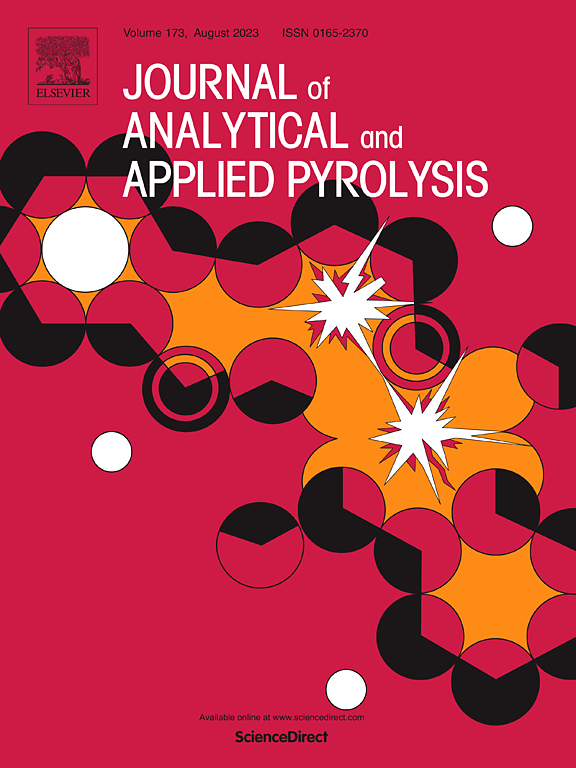Effect of heavy medium separation on the chemical structure and pyrolysis characteristics of Shenfu coal: Insights from FT-IR, XRD, and TG-DTG analysis
IF 5.8
2区 化学
Q1 CHEMISTRY, ANALYTICAL
引用次数: 0
Abstract
Coal preparation processing is an increasingly significant avenue for clean coal technology. However, the impact of the heavy media separation on the structure, pyrolysis characteristics, and product distribution has been relatively underexplored. This study utilized raw, clean, and tailing coal samples from dense medium coal preparation plants in the Yulin region, supplemented with samples subjected to acid washing. The changes in chemical structure and pyrolysis product distribution were studied by employing FT-IR, XRD, and TG-DTG. The results reveal that heavy media separation is an effective coal ash reduction and desulfurization method. Regarding the coal sample explored in this study, the desulphurization and deash ratio was 63.54 % and 72.33 % for clean coal. This is consistent with the change in the peak intensity of minerals in the infrared spectrum. Further analysis of the infrared structural parameters suggests that heavy media separation contributes to increased polycyclic aromatic hydrocarbon and heavy components in tailing coal to a certain degree. The high ash content also hampers heat and mass transfer processes, decreasing pyrolysis reactivity. Notably, the order of dry and ash-free yield of total volatile matter during the pyrolysis process is as follows: TC > RC > CC > DC. This sequence corresponds with dry and ash-free weight loss observed in TG analyses. A possible mechanism model has been proposed to explain the distribution of pyrolysis products. While greater amounts of oil and gas resources can be generated during the pyrolysis of tailing coal, it also needs much more energy. Therefore, another challenge arises: finding an equilibrium point for the optimal inorganic mineral content that balances the yield of oil-gas products with the energy input.
求助全文
约1分钟内获得全文
求助全文
来源期刊
CiteScore
9.10
自引率
11.70%
发文量
340
审稿时长
44 days
期刊介绍:
The Journal of Analytical and Applied Pyrolysis (JAAP) is devoted to the publication of papers dealing with innovative applications of pyrolysis processes, the characterization of products related to pyrolysis reactions, and investigations of reaction mechanism. To be considered by JAAP, a manuscript should present significant progress in these topics. The novelty must be satisfactorily argued in the cover letter. A manuscript with a cover letter to the editor not addressing the novelty is likely to be rejected without review.

 求助内容:
求助内容: 应助结果提醒方式:
应助结果提醒方式:


